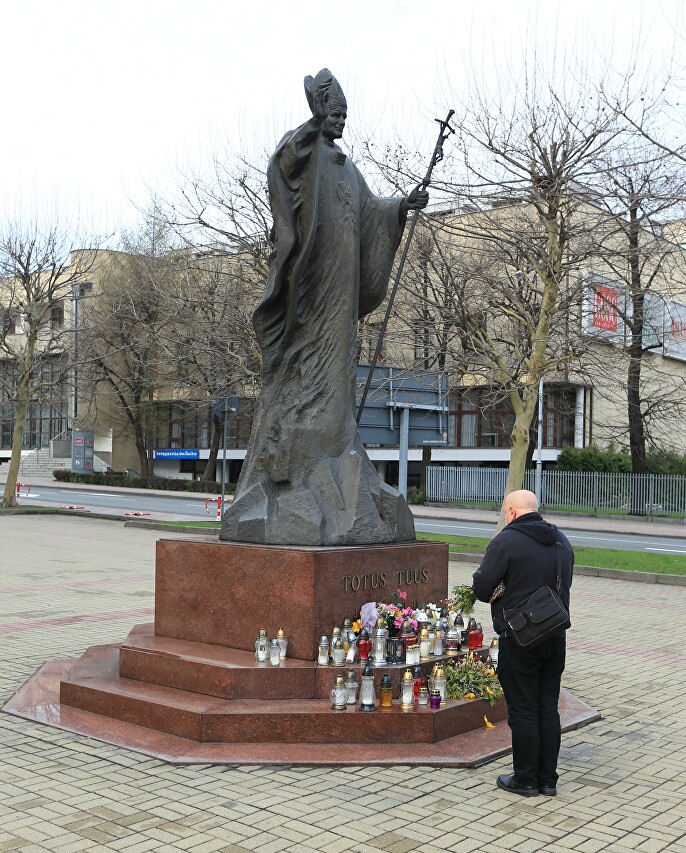Cathedral of Christ the King, Katowice
Few people know that the largest church in Poland is located in Katowice, especially since it is located outside the city center, on the southern border of the Sredmestye district (Śródmieście). This part of the city is relatively new and only architecture lovers wander here - there are several interesting buildings in the constructivist style. That's how I discovered the Archicadral Cathedral of Christ the King (Archikatedra Chrystusa Króla). The building really impresses with its size, its total volume is about 120 thousand cubic meters.
As you know, in 1922 Silesia became part of the Polish Republic, in November 1923 the Apostolic Administration of Silesia was established in Katowice, and in 1924 a plot of land with an area of about 90 square meters at the intersection of Plebiscytowa and Powstańców streets was determined for the construction of the cathedral and the residence of the church authorities. There was an abandoned brick factory on this site, owned by Count Klaus Hubert of the Silesian dynasty von Tiele-Winker (Claus-Hubert Wilhelm Adam von Tiele-Winckler). According to some sources, the count donated the land, according to others it was bought for 500 thousand zlotys. On October 28, 1925, when Pope Pius XI issued the bull Vixdum Poloniae unitas, which established the diocese of Katowice, including it in the Metropolis of Krakow, the Church of Saints Peter and Paul on Mikolovskaya Street was temporarily designated as the cathedral. At the same time, an architectural competition was announced, which is considered the most significant in the Second Polish Republic. It ended on April 19, 1926, by which time 37 proposals had been submitted. The victory in the competition was awarded to the project of the young architect Zygmunt Gawlik. The author was asked to make some changes, certain changes, resorting to the help of Franciszek Mączyński, and the development of the sculptural design was entrusted to Xawery Dunikowski.
The date of the beginning of construction is considered to be June 5, 1927, when a committee was organized headed by the reverend Emil Schramek (Emil Michael Schramek). In 1927, the site was completed, and two years later, work began on laying the foundation of the building. The first suspension of the project occurred in 1929 due to a serious economic crisis and accompanying political upheavals. Since then, construction work has been carried out with long breaks. The first step was to complete a simpler project of the diocesan administration building, which was completed in 1939. The construction of the cathedral was resumed on September 4, 1932, and the construction of walls and columns supporting the dome began. On October 15, 1934, a disaster occurred - scaffolding with a height of 8 meters collapsed, as a result of which more than 100 people were injured. In 1938, the construction of the altar was completed, which was finally consecrated on June 6, 1938. Before the outbreak of World War II, walls several meters high and stairs were erected, but after the beginning of the occupation, the German authorities banned further construction.
Construction resumed two years after the end of the war under the leadership of Father Adamczyk (Rudolf Adamczyk). In 1948, the communist authorities of Katowice demanded to reduce the height of the dome of the cathedral by 40 meters so that it would not dominate the landscape of Katowice, but Adamchik refused to comply with this instruction. However, in 1954, at the request of the authorities, the project was changed, reducing the total height by 38 meters. After fulfilling this requirement, the authorities stopped creating obstacles to construction, work went faster and on October 30, 1955, the church was consecrated, but finishing work continued until the second half of the 60s.
In its final form, the cathedral received the following dimensions: The height is 64 meters, the length is 101 meters and the width is 50 meters. The Cathedral of Christ the King in Katowice is of great historical value, has the status of a regional monument, as well as an important religious and national symbol. The cathedral is open to the public from 6:00 to 18:30.
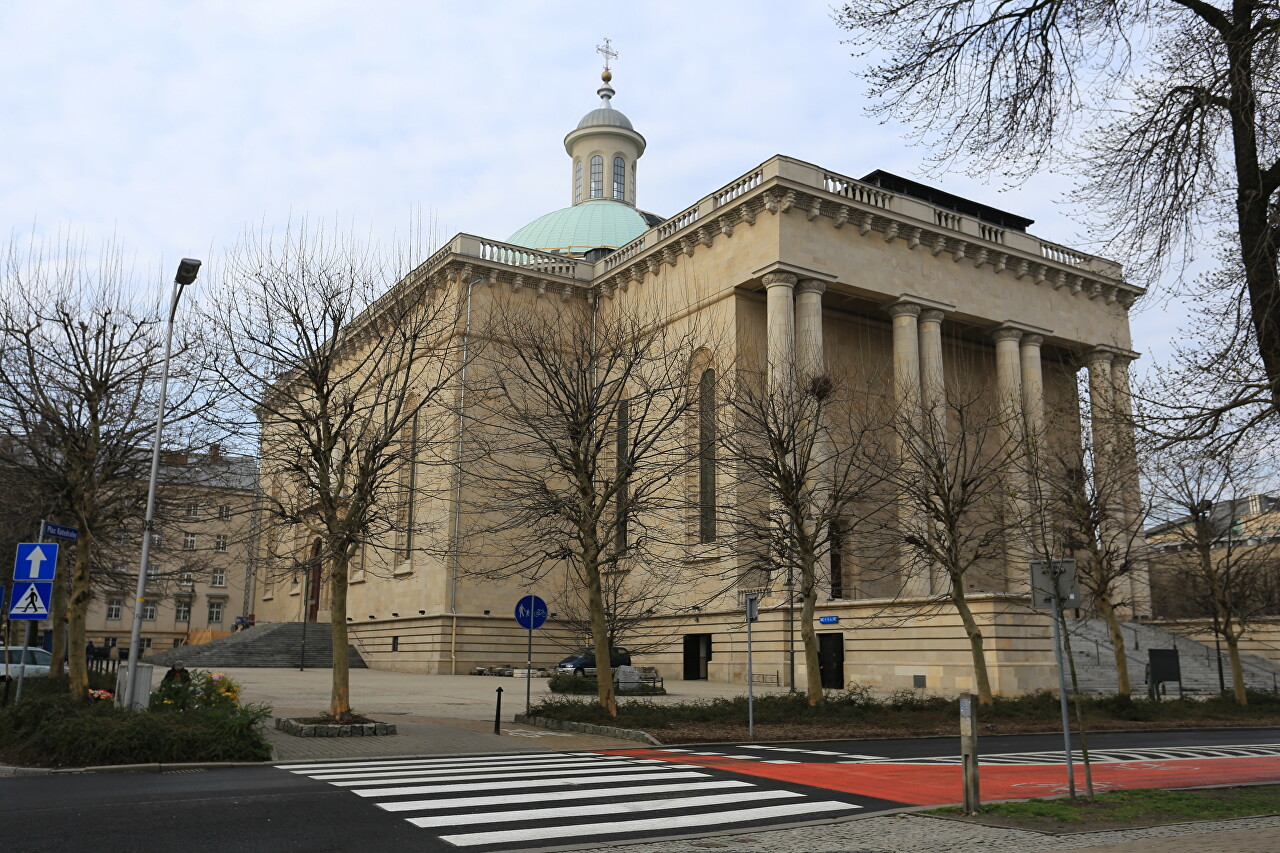
..
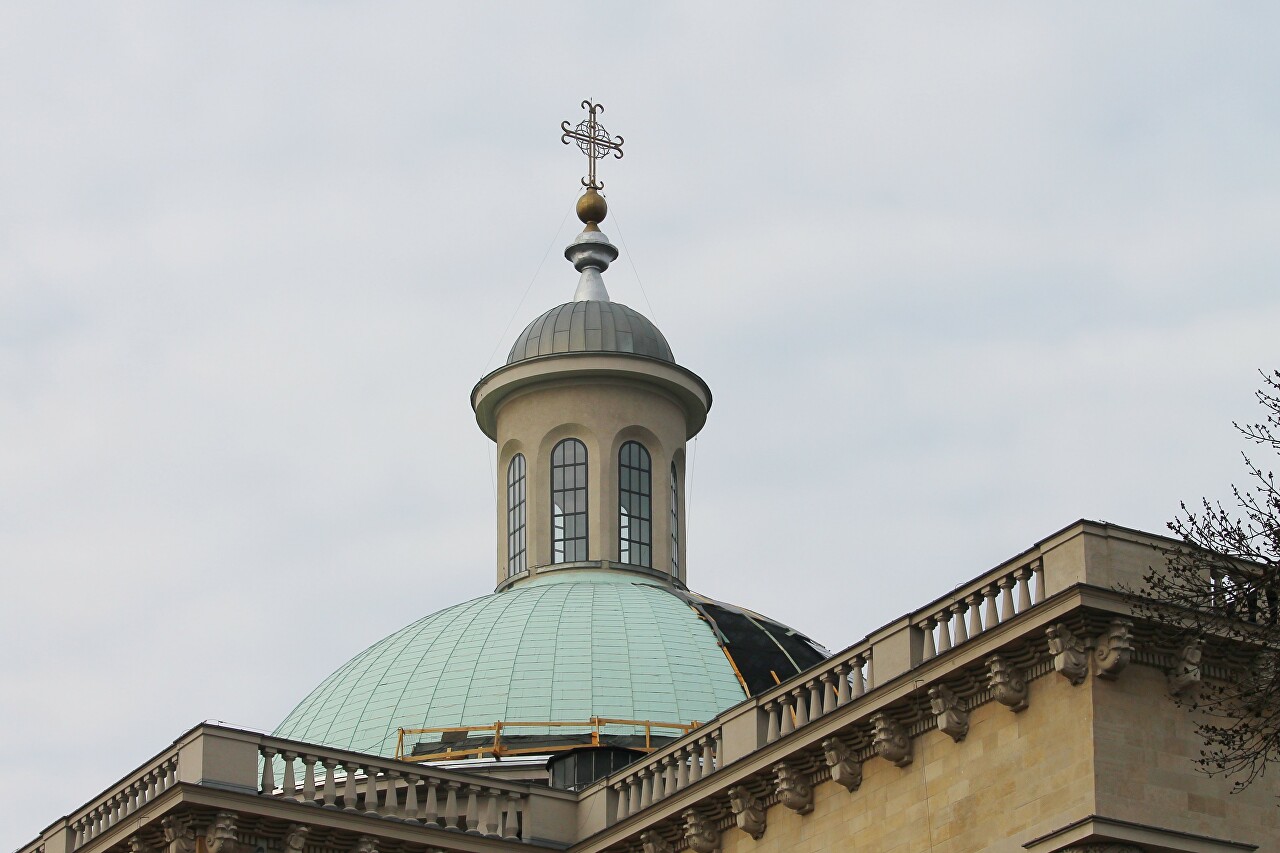
..
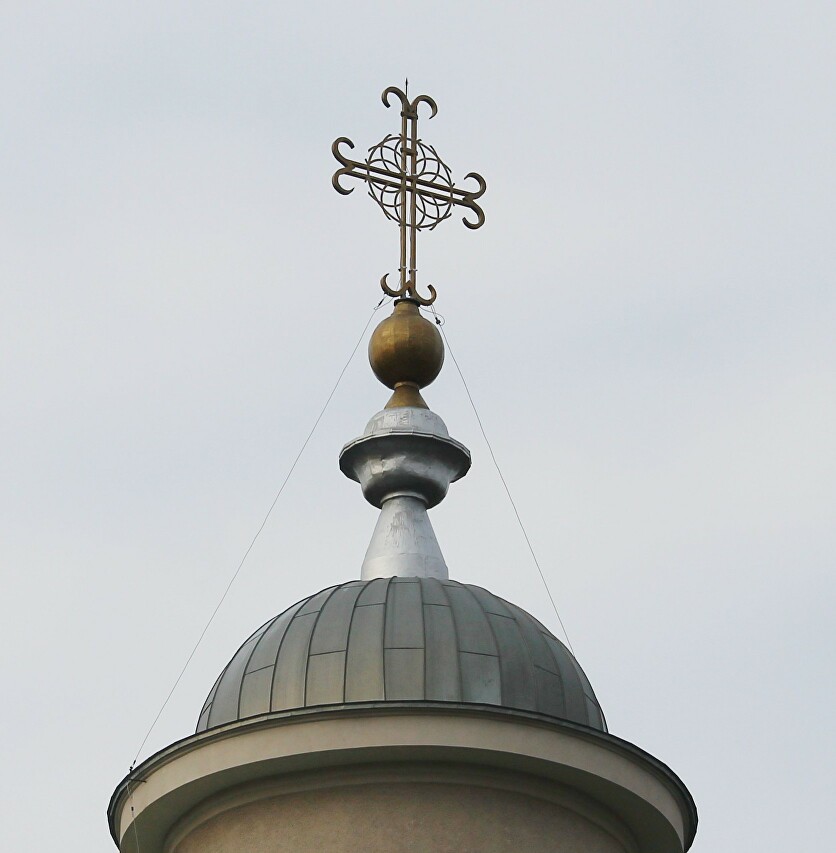
..
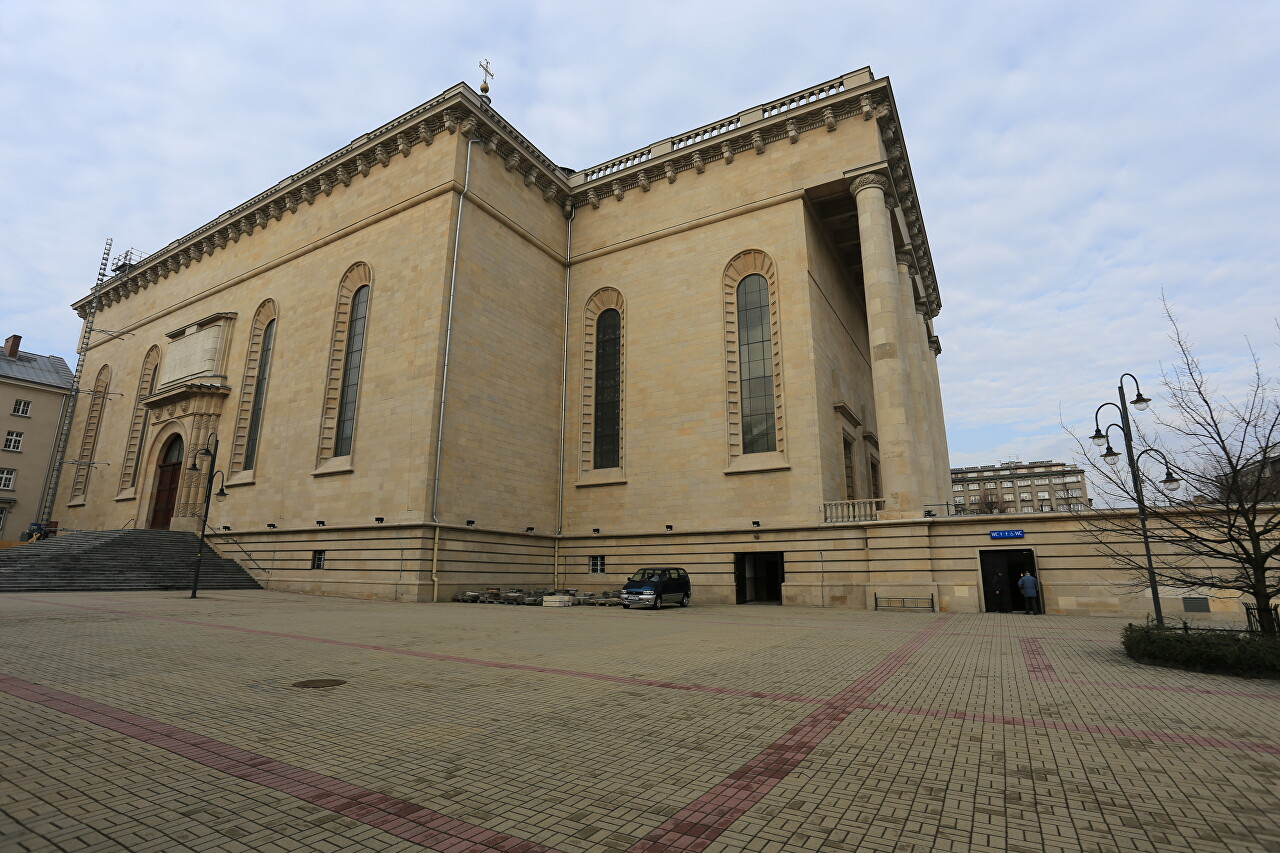
..
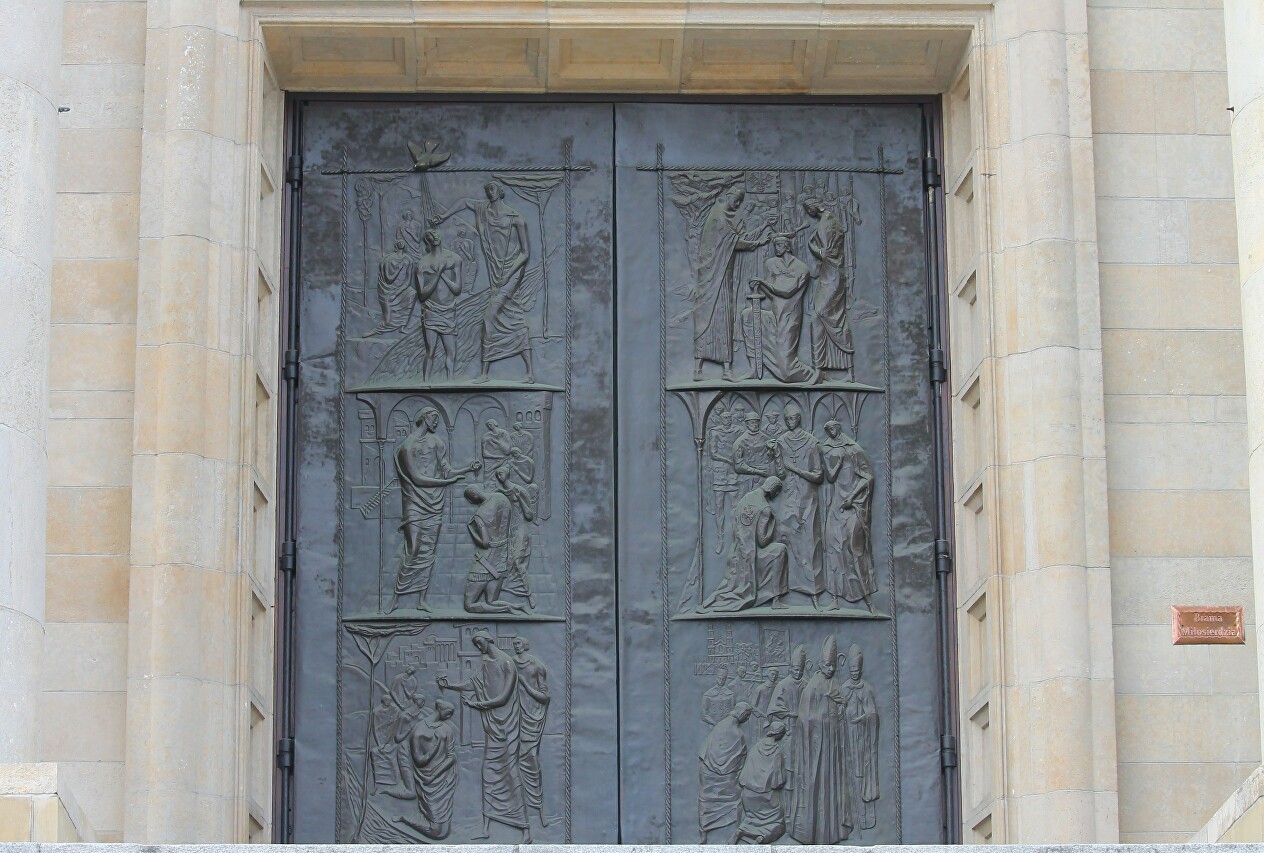
..
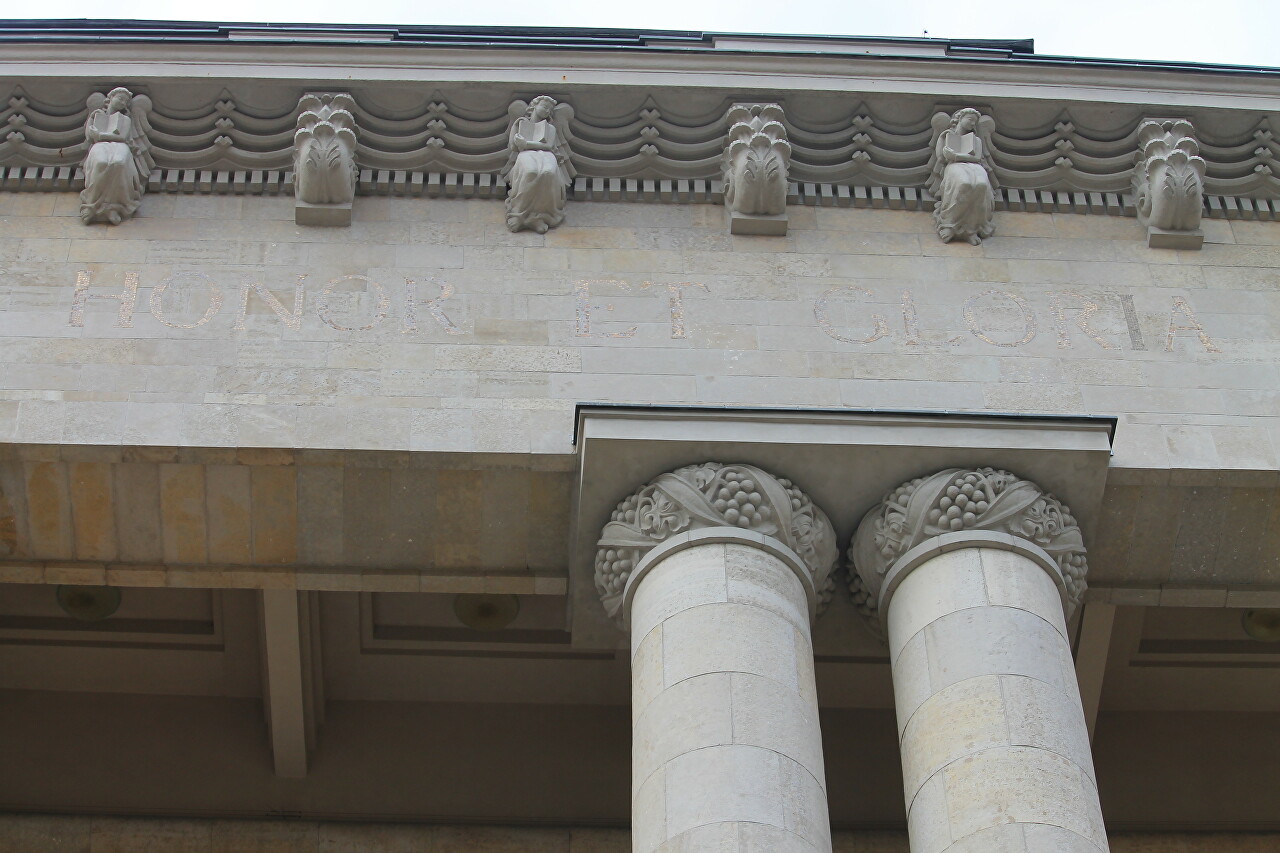
..
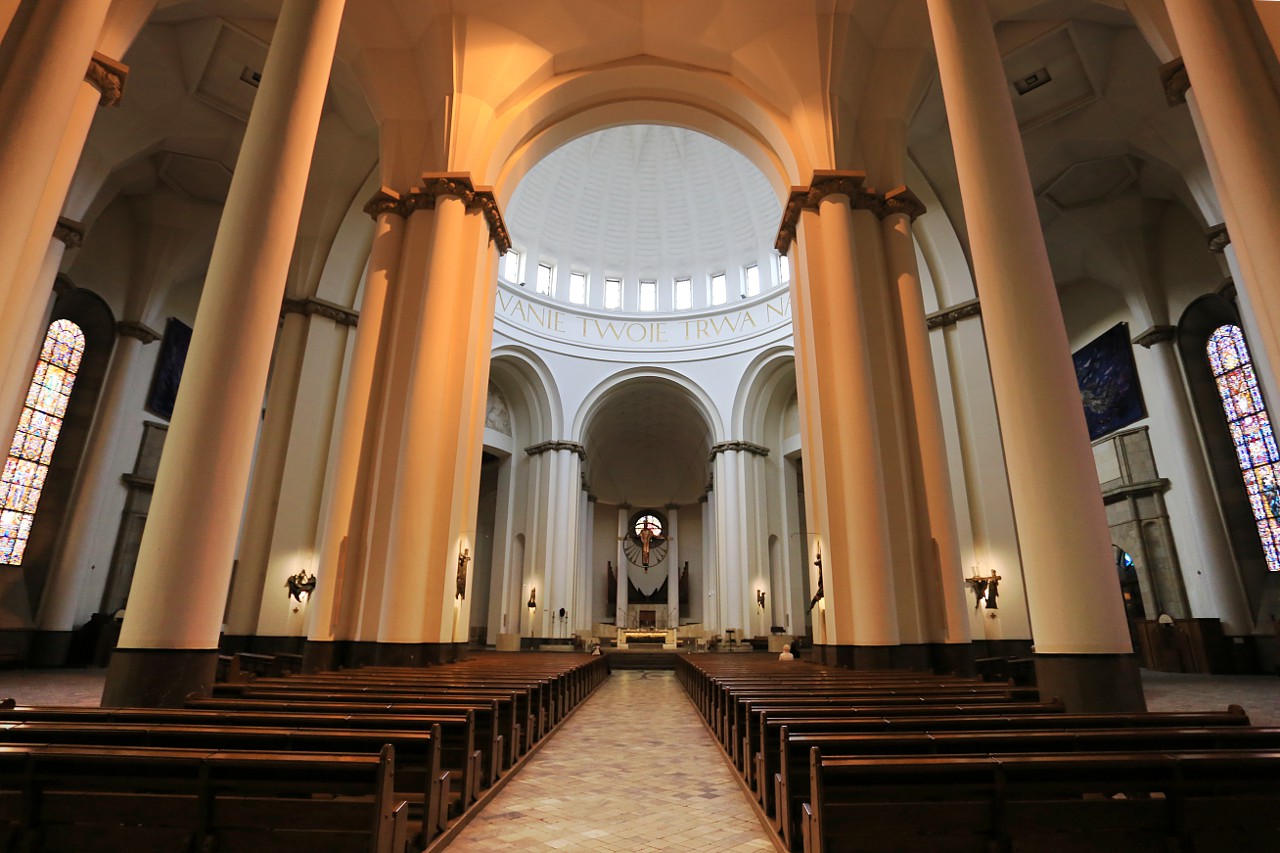
..
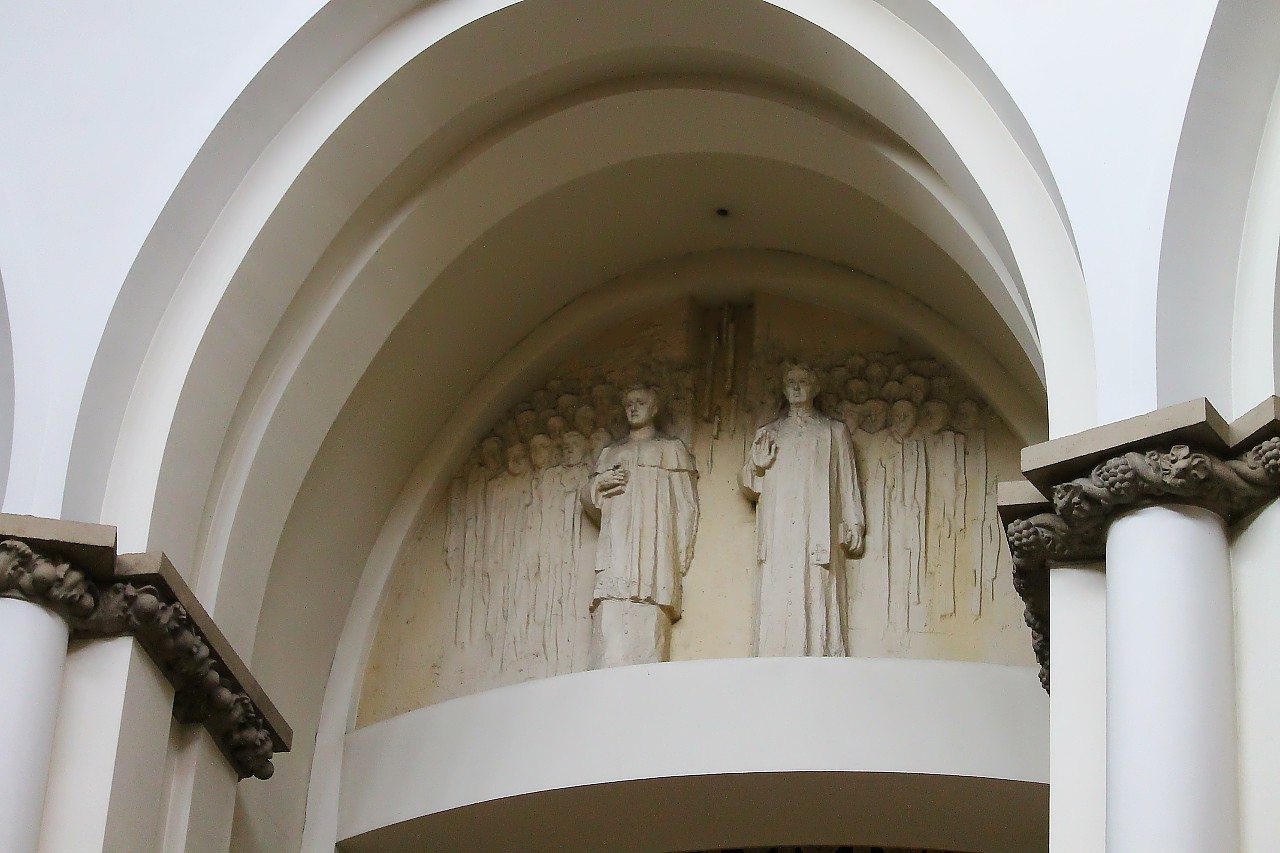
..
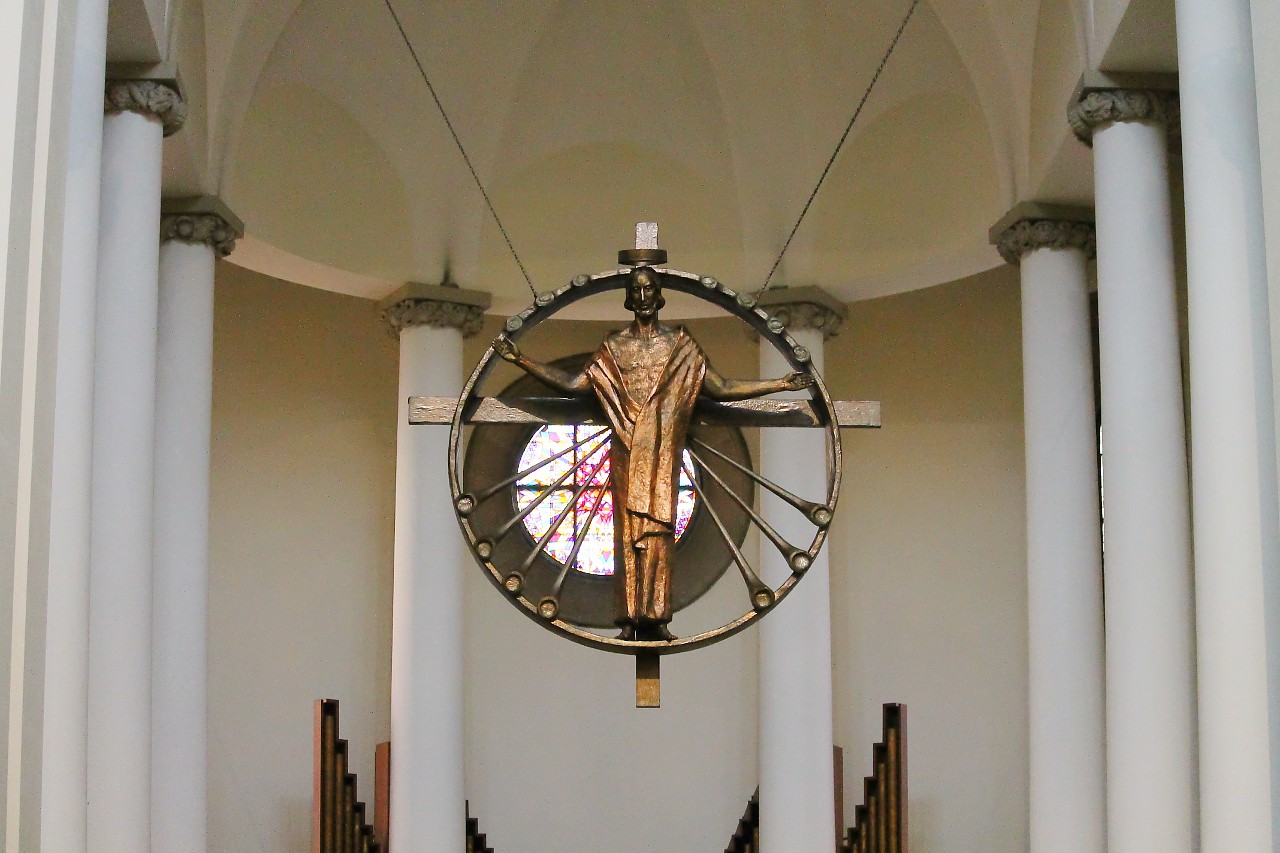
..
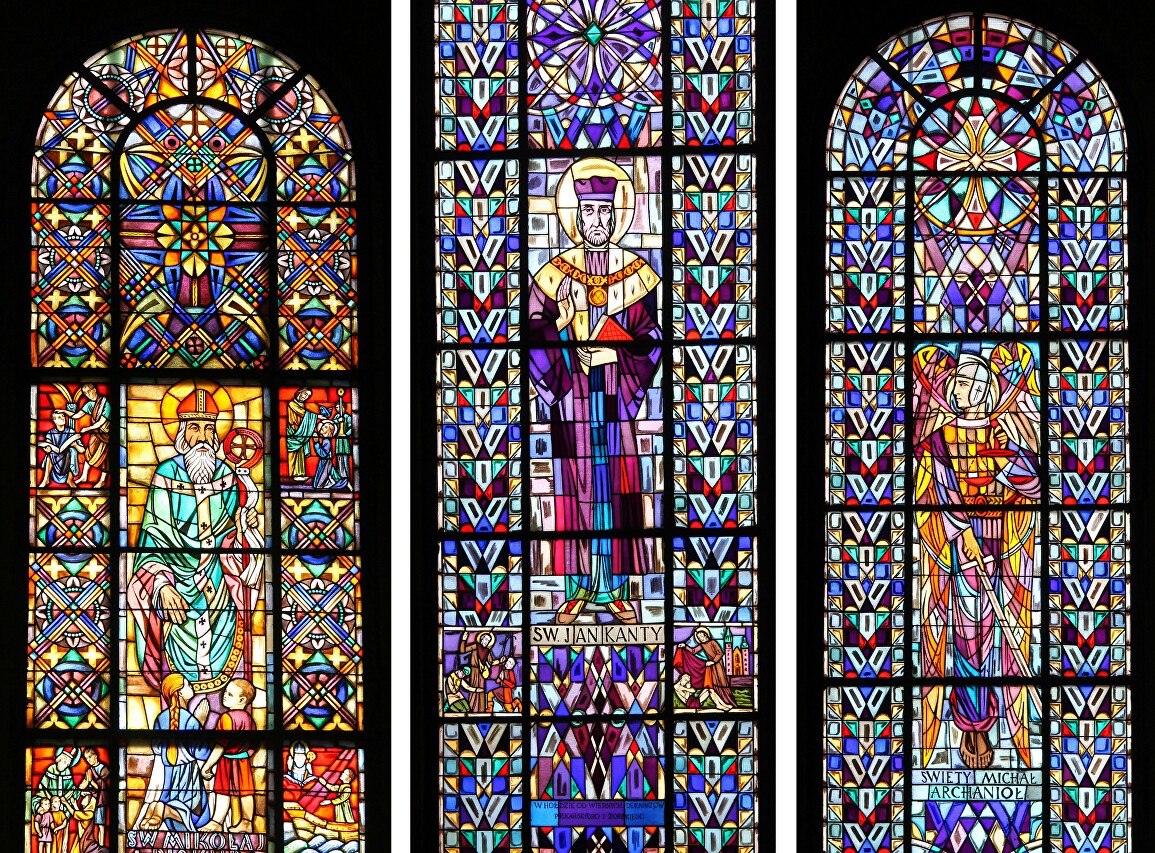
..
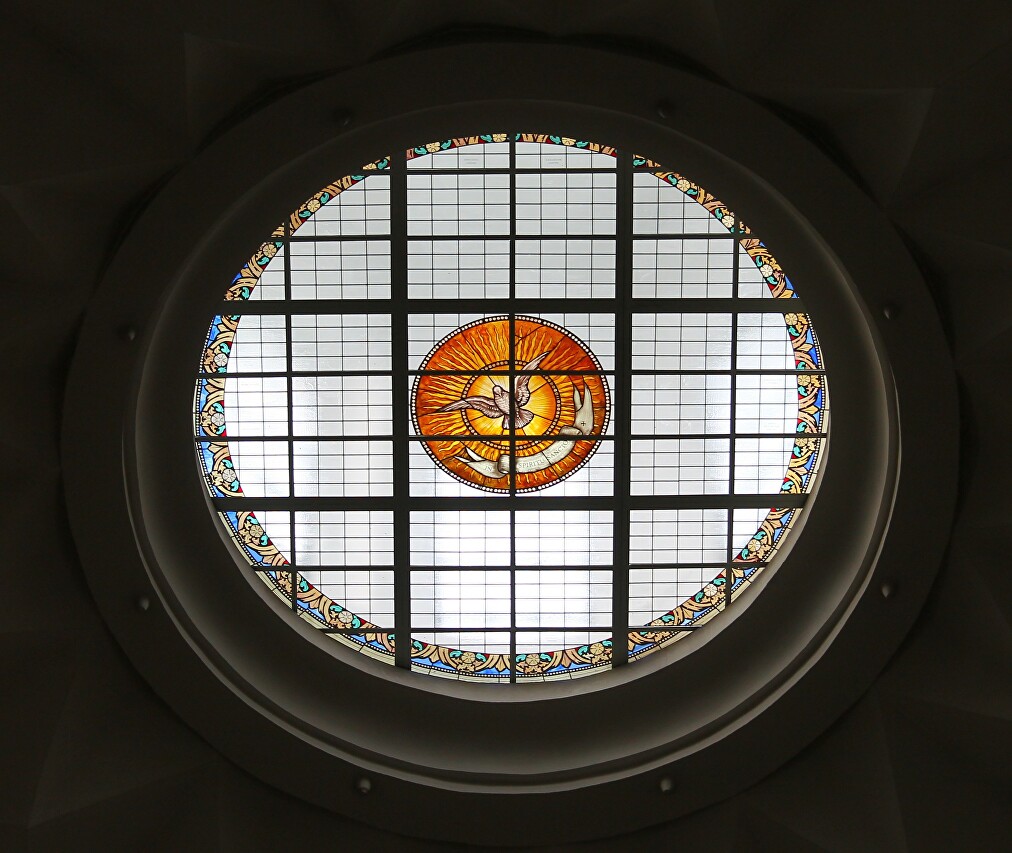
..
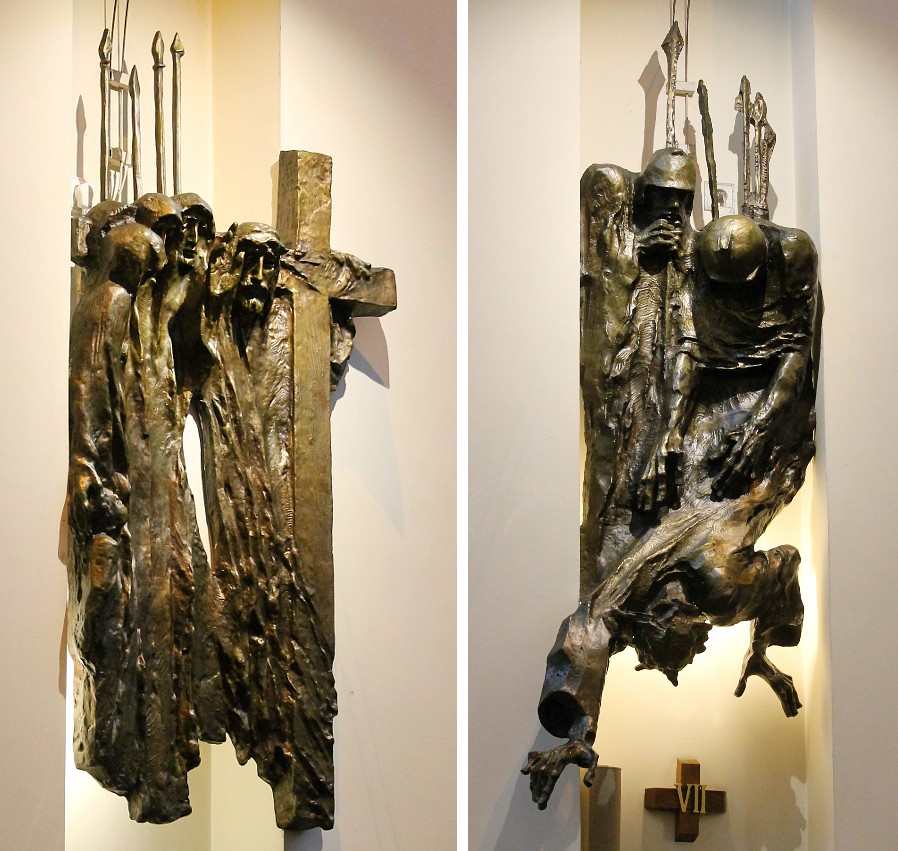
..
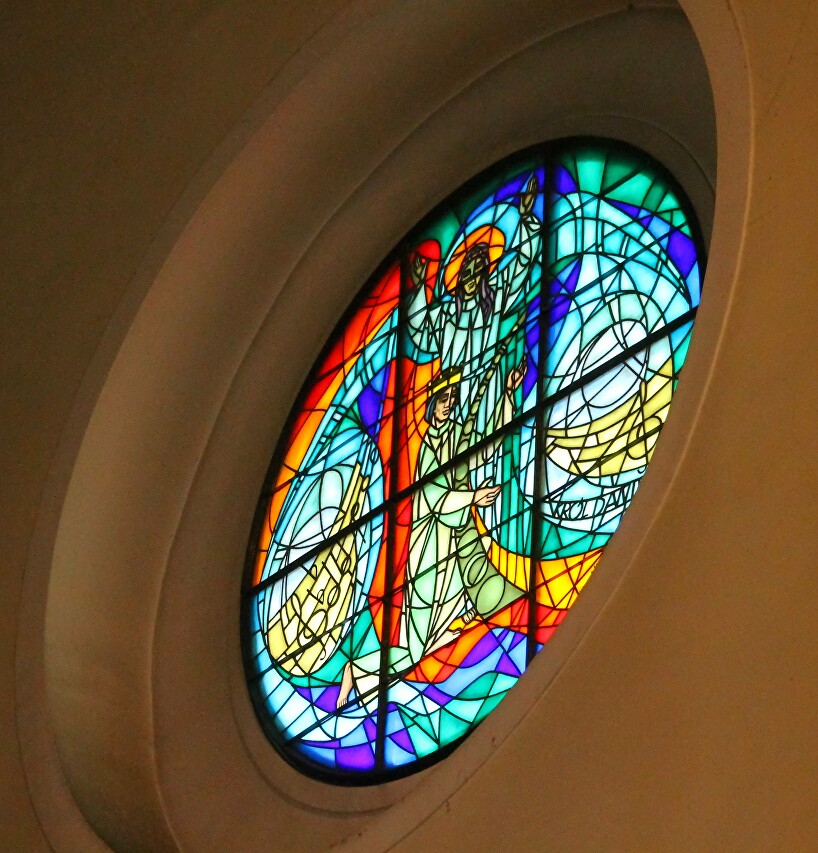
..
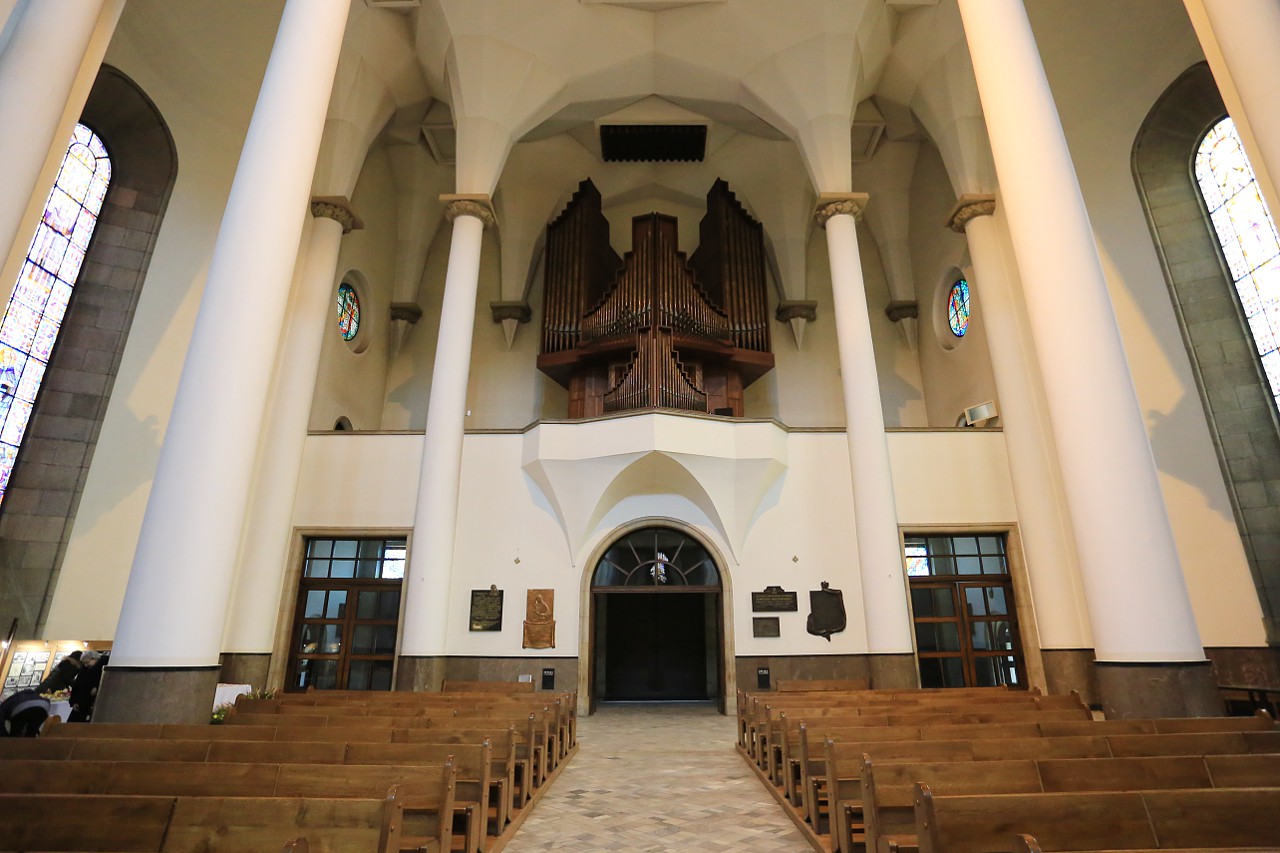
..
